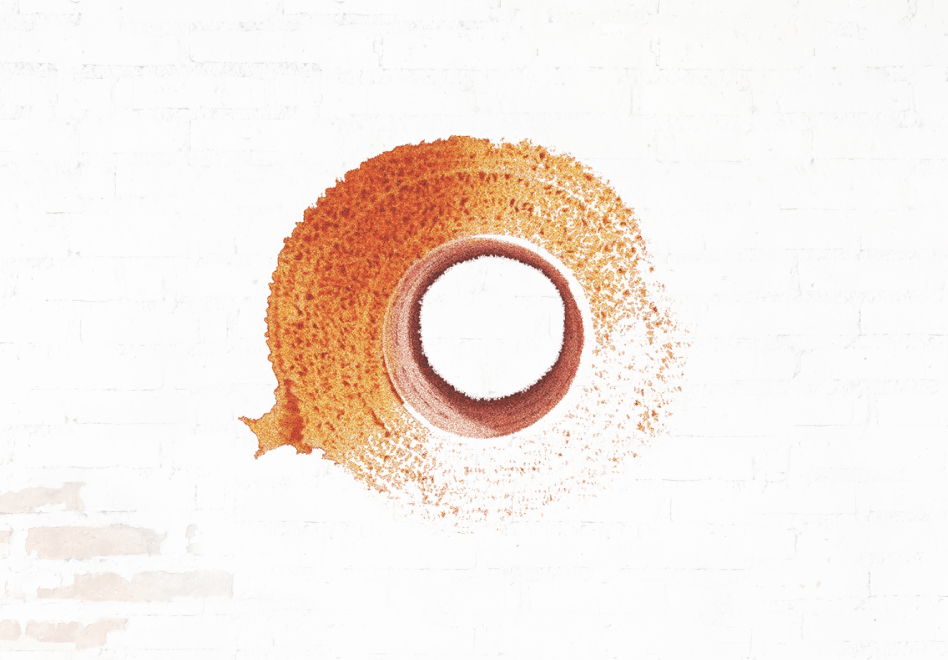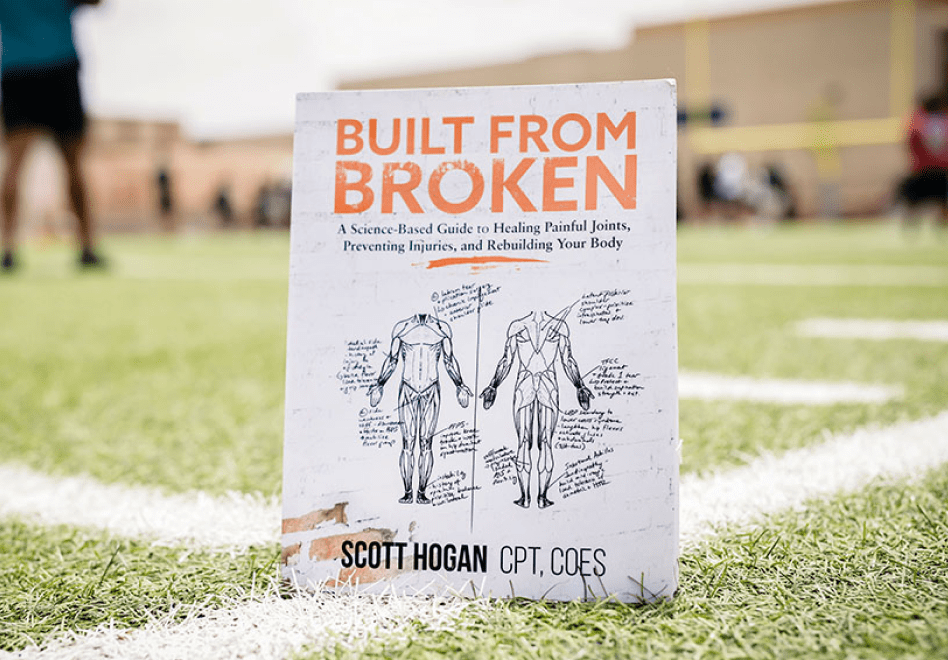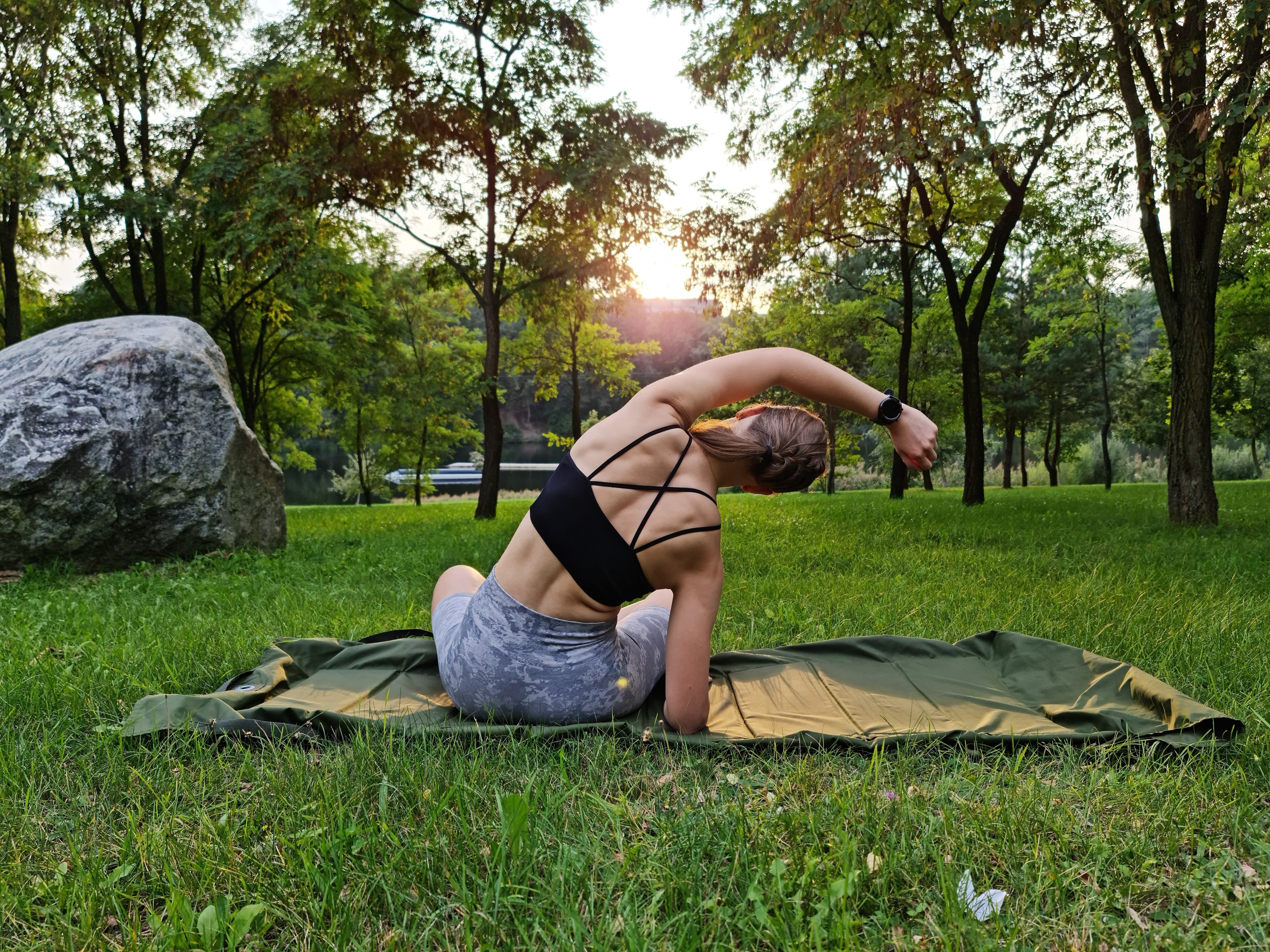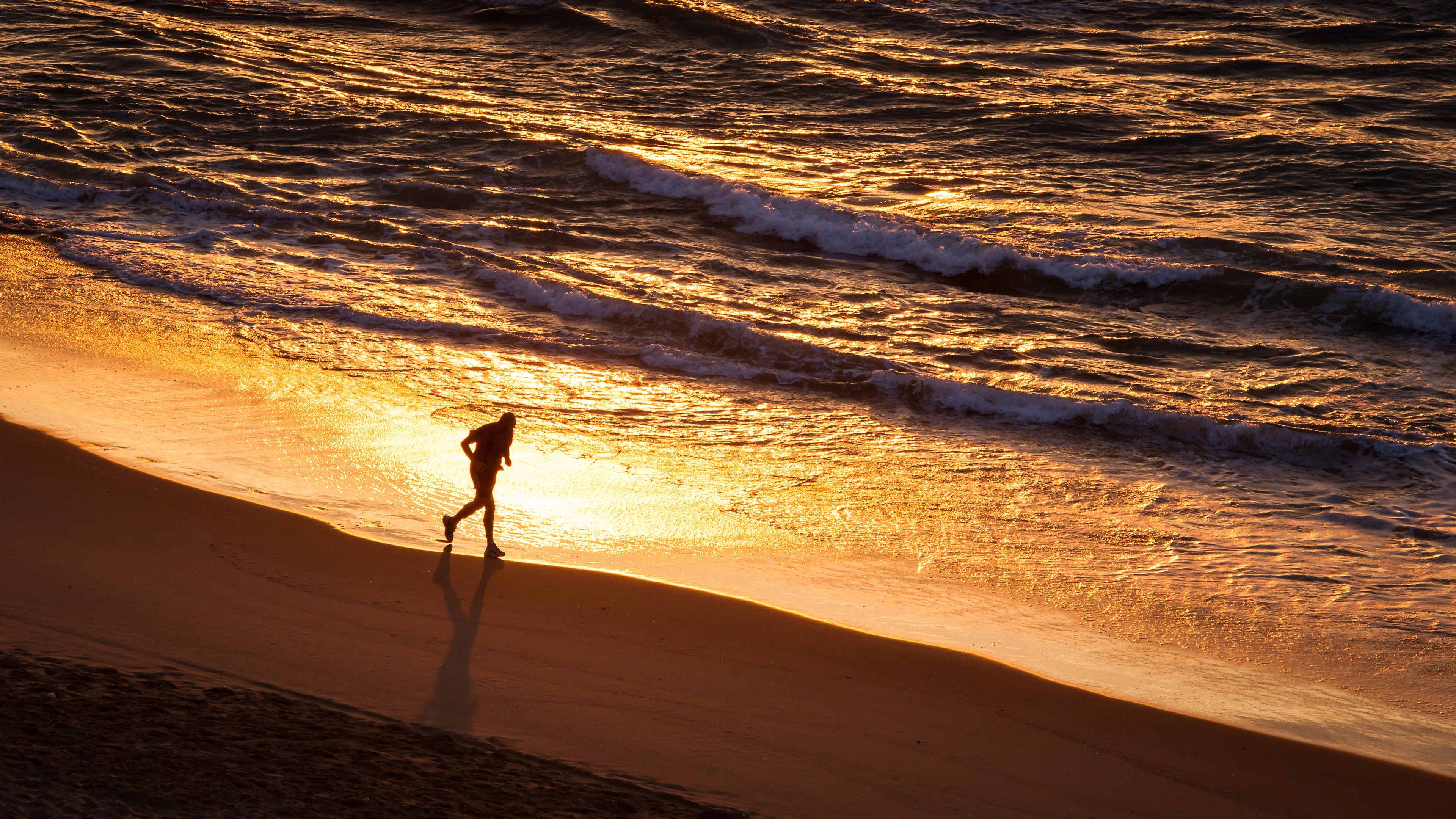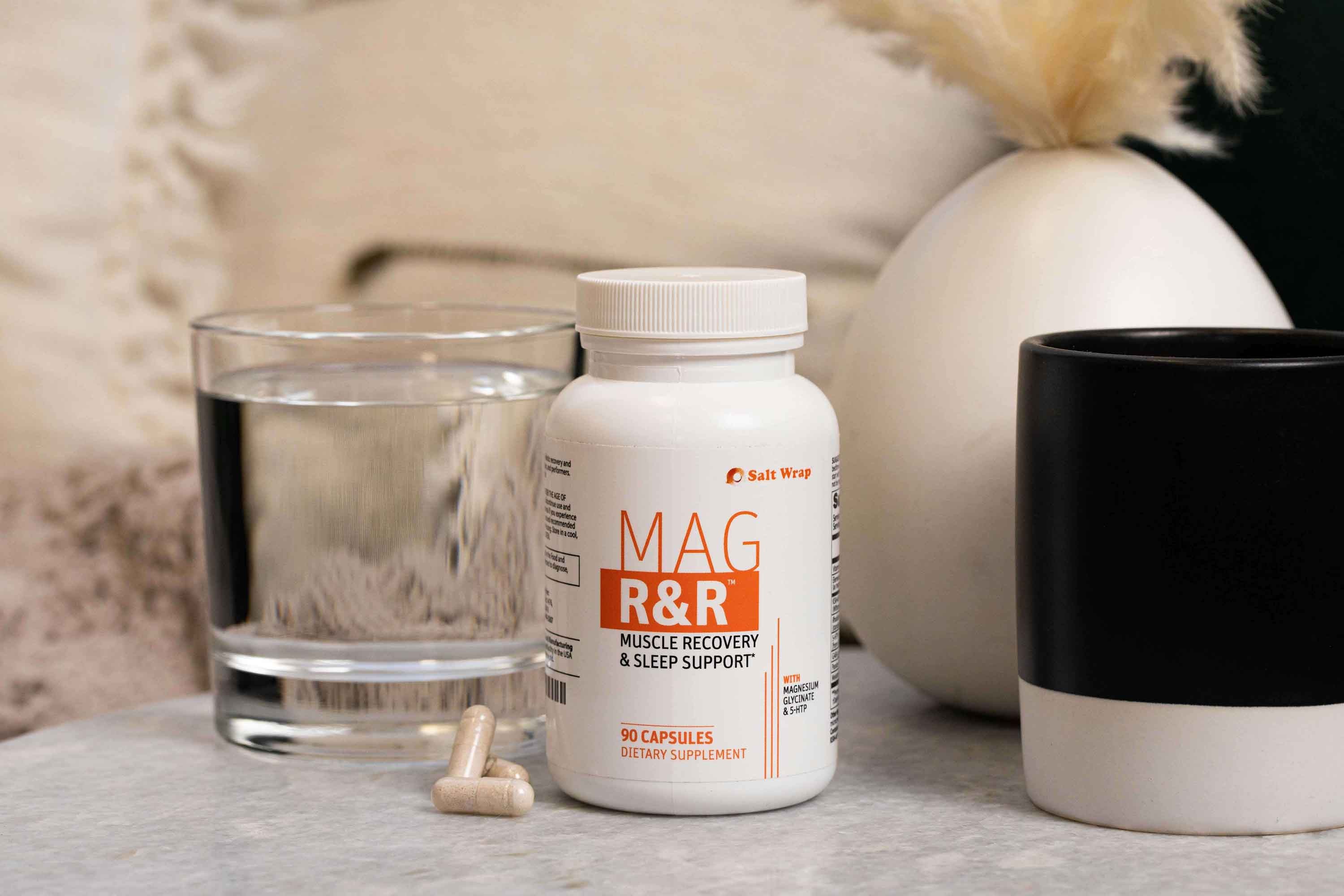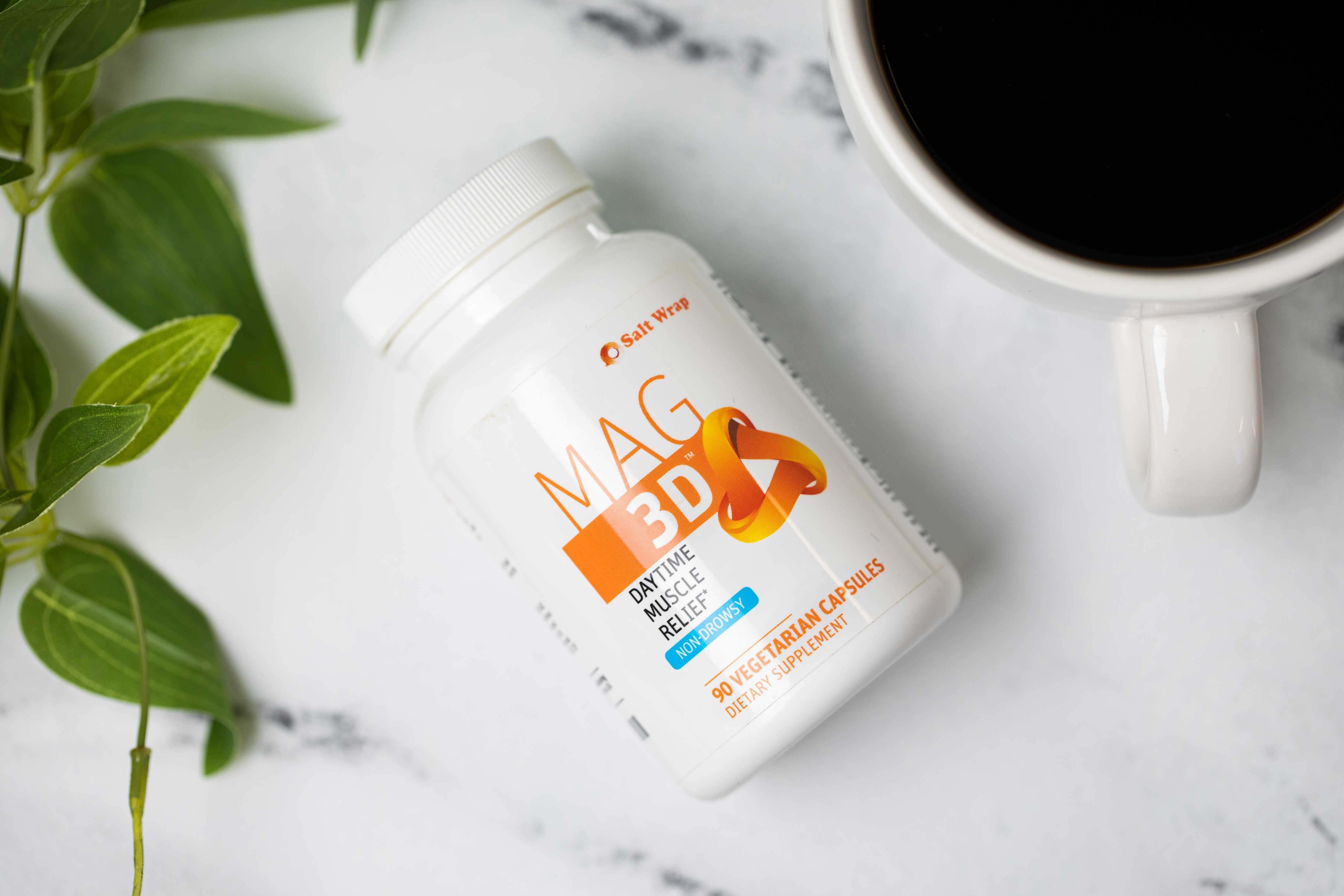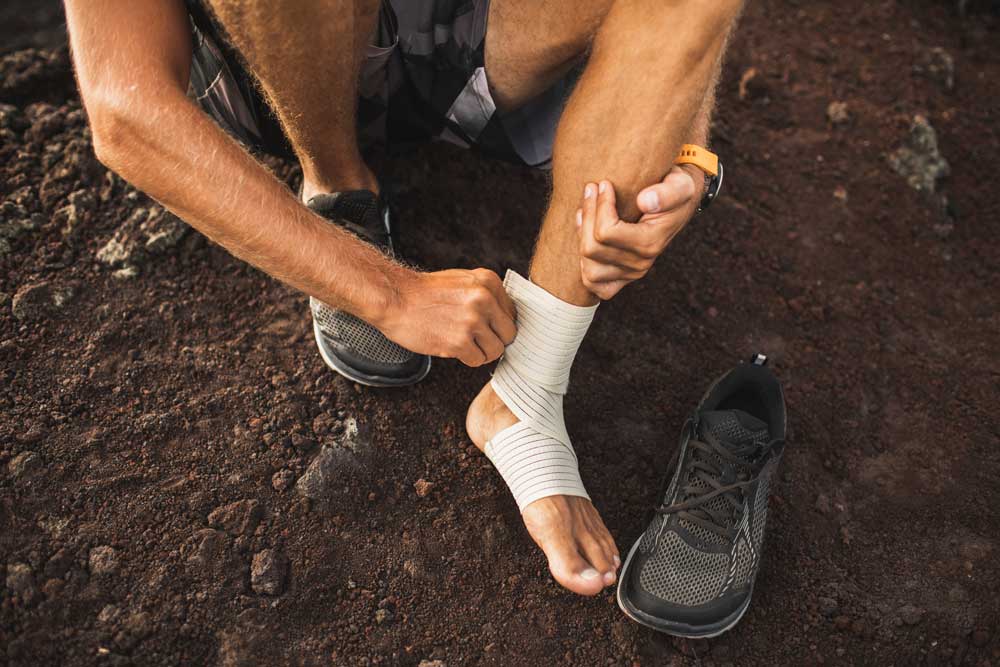
Be built (to last).
The right supplements can help you recover naturally and build a resilient body.
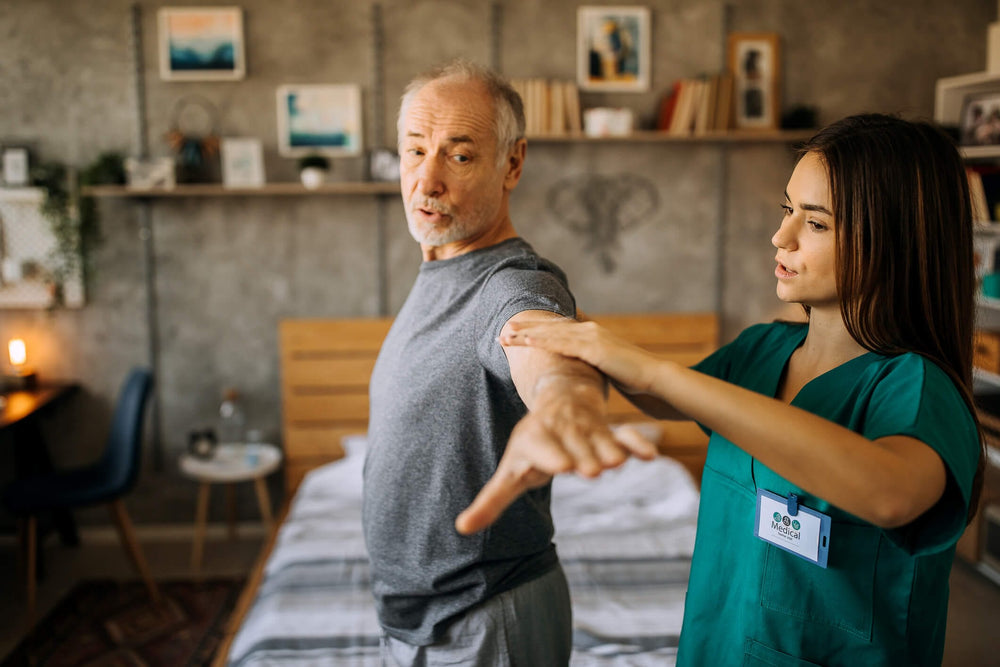
Supplement Quiz
Take this short quiz to discover the perfect supplements for your needs and goals.
About SaltWrap

Built from Broken
Get the best-selling book from SaltWrap founder, Scott Hogan, and start rebuilding today.
The 3 Best Ways to Prevent Heat Cramps
By Joe Zagami
Summer is here – and it’s a hot one. But these heat waves aren’t just increasing your risk of a high electric bill. Hot weather like this also puts your muscles at increased risk of heat cramps.
In this article, you’ll discover why heat cramps differ from regular muscle cramps, what may really cause them, and the three best ways to prevent them.
Let’s dig in.
What Are Heat Cramps?
First, let’s tackle the basics. What are heat cramps? In short, they’re painful muscle spasms – just like most regular muscle cramps. The main difference with heat cramps is that weather, namely excessive heat, plays a significant role in triggering them.
According to some experts, heat cramps may actually be early symptoms of even bigger heat-related problems, like heatstroke, which can be deadly in extreme cases.
Here’s the thing: research has shown that web searches for muscle cramps increase by some 70% during the summer months.1
People who don’t usually have to worry about muscle cramps most of the year might find themselves frantically looking for relief during hot summer weather.
Just like normal muscle cramps, you don’t have to be an athlete to get heat cramps. But there are some key differences with heat cramps. Especially when it comes to what may be causing them – and the best ways to prevent them.
What Causes Heat Cramps?
Here’s where things can get a little confusing.
First, the exact mechanism of muscle cramps is unknown. Worse yet, the underlying cause of muscle cramps likely varies from person to person.
For instance, lifestyle factors – like physical activity and diet – likely play a major role in the severity and frequency of muscle cramps. But there may be certain genetic factors at play, too.
Two athletes can have nearly identical diets and levels of physical fitness. But one may sleep like a baby while the other suffers from painful nighttime leg cramps that disrupt sleep.
Second, while the exact mechanism of muscle cramps is unknown, we do know that heat is not likely the sole cause of heat cramps. So, it’s not just that it’s hot out and your muscles are more prone to cramping.
Let’s say you’re a runner.
Even if you change nothing about your routine or level of intensity, there’s a good chance that if you run outdoors in the summertime, you’ll be sweating a lot more. This leads to a greater loss of water and electrolytes. And this is where problems can arise.
Sure, you may not feel exhausted. But under the hood, your body has lost significantly more resources – water and electrolytes – than it would have under normal conditions.
According to the University of Connecticut’s Korey Stringer Institute, several specific factors increase the risk of heat cramps:
-
Exercise in excessive or extreme heat when not accustomed to these conditions (ex: running during a heatwave or in a warmer geographic location)
-
Profuse sweating coupled with significant loss of electrolytes
-
Muscular fatigue (ex: lifting weights to total muscular failure)
-
Extended periods of exercise, or multiple exercise sessions per day, without adequate hydration and electrolyte replacement
A diet low in crucial electrolytes, including sodium, potassium, and calcium.
So, there are a few potential culprits. There’s muscle fatigue. There’s also dehydration. And there’s the loss of electrolytes.
All of these make sense.
But there’s another critical factor that needs to be in focus: nerve cells.
Nerve cells trigger the muscle to tighten. When something goes wrong with their signal, muscles can tighten faster – or further – than normal.
This could be what sparks (or exacerbates) nighttime leg cramps. Especially when you consider that nighttime leg cramps tend to begin around age 50, when some experts say motor neurons start dying off.
There’s also the vitamin D factor.
According to Dr. Scott Garrison, an associate professor at the University of Alberta, “There is some evidence that vitamin D may stimulate greater growth of peripheral nerves. The more vitamin D, the more growth. The more growth, the more cramps.”2
How does that relate to heat cramps?
Well, there’s a reason they call vitamin D the “sunshine vitamin.” Your body synthesizes vitamin D naturally from sunlight.
The more sun exposure you get – like during prolonged periods of outdoor exercise or other activities – the more vitamin D you’ll have circulating in your blood.
This is not a smoking-gun explanation for heat cramps.
But as the old saying goes, “Where there’s smoke, there’s fire.”
Here’s the good news: you don’t need to know the precise cause of heat cramps (or other muscle cramps) to help prevent them. And while we’re throwing around old sayings, in many cases, “An ounce of prevention is worth a pound of cure.”
The 3 Best Ways to Prevent Heat Cramps
If you’ve ever suffered from muscle cramps, you know it’s difficult to stop them once they start. It’s even harder to get fast relief. That’s why prevention may be the better plan of attack in the case of heat cramps.
Here are the three best ways to prevent heat cramps:
Respect the Heat
You may not be able to beat the heat head-on. But you can work around it and come out on top.
The first way to do this is by avoiding exercise or outdoor activity during the hottest time of the day. So, don’t go for a long run at high noon. Instead, do your outdoor exercise closer to sunrise or sunset if possible.
Another great way to work around the heat is to adapt to it. Give yourself at least a week to get used to being outside in the heat before you dial up your intensity.
Think of it like this: elite athletes changing time zones for competition often arrive more than a week ahead to allow their bodies to acclimate.
If you think that “less is less” when it comes to intensity, that’s fine. But consider that you’re really training like an elite athlete when you allow yourself time to acclimate properly.
(Plus, a week of low to moderate-intensity exercise beats going all-out and potentially facing an injury that really sets you back.)
Above: Don’t go for a long run at noon. Instead, do your outdoor exercise closer to sunrise or sunset.
Refuel Your Body
Staying hydrated is essential for optimal performance. But so is replenishing electrolytes lost through sweat, especially during a brutally hot summer training session.
Look for an electrolyte drink that uses high-quality forms of calcium, potassium, and sodium. And in their optimal dosages. Find one that isn’t a borderline soft drink in terms of sweeteners and creepy additives. For instance, organic coconut water is a great place to start.
And if you’re really in a pinch, you can always dissolve a quarter of a teaspoon of Himalayan salt into a quart (32 ounces) of filtered water.
It may sound counterintuitive, but this can help hydrate you better than chugging water alone.
Don't Neglect Your Nerves
Optimizing nerve health is one of the best ways to prevent muscle cramps. That goes for heat cramps, too.
And one of the best ways to support healthy nerves (and muscles) is with magnesium. Research shows that magnesium may help repair nerve damage.3 A high-quality magnesium supplement can make a world of difference when it comes to nerve and muscle health optimization.
Another great natural solution for preventing heat cramps is Alpha-lipoic acid (ALA). It helps protect nerve cells and improve their function. It's also shown to help protect nerve tissue.4 Another study found that ALA helps muscles recover after strength and endurance exercises.5
This makes it a valuable resource for virtually any athlete.
Putting It All Together
Muscle cramps are one of the most frustrating issues athletes and non-athletes face. Heat cramps are particularly bad because we often fail to realize that we’re at greater risk for them. Even if we think we’re doing everything right.
Thankfully, there are simple and effective ways to help prevent heat cramps during these hot summer months.
First, you must respect the heat.
Don’t try to face it head-on. Work around it instead.
Exercise at sunrise or sunset whenever possible. Or at least give your body ample time to acclimate to the harsh sun by doing low to moderate-intensity exercise for at least a week before dialing up the intensity.
Second, you’ll want to refuel your body.
Focus on key electrolytes like potassium, calcium, and sodium. If in doubt, try organic coconut water to start. Just don’t fall for junk beverages impersonating high-quality electrolyte replacement.
Finally, give your nerves what they need.
Optimal nerve health can help unlock better muscle health. And nerves – not muscles – may be the keys to stopping muscle cramps (like heat cramps) in their path. Try adding magnesium and ALA supplements to your routine to help optimize nerve and muscle health.
If you’re looking for an easy solution for natural muscle and nerve support, SaltWrap has you covered.
We offer two Therapeutic Sports Nutrition formulas designed to optimize muscle and nerve health to help relieve – and even prevent – cramps: Mag R&R™ and Mag 3D™.
Mag R&R is designed to help relax your body (and mind) before bed so that you can sleep through the night – without nighttime leg cramps that can make it impossible to get good rest.
Mag 3D is designed to help put optimal nerve health (and natural daytime energy) within reach.
And both Mag R&R and Mag 3D deliver the ideal forms of magnesium in their clinically supported amounts.
Click the buttons below to learn more about Mag R&R and Mag 3D.
Founder: Scott Hogan

I created SaltWrap to bring together the most practical ideas in therapeutic sports nutrition, corrective exercise, and functional fitness — with the goal of keeping you (and myself) strong, mobile, and built to last.
I've worked as an A.C.E. Certified Personal Trainer, Orthopedic Exercise Specialist, and nutritional supplement formulator.
But more importantly — I've spent most of my life battling injuries, joint pain, and just being plain beat up. So I know what it's like to struggle toward fitness goals.
SaltWrap is here to push you through injuries, setbacks and perceived physical limitations. To a place beyond what you think you're capable of. Sign up here to stay in the loop.
Learn more about my best-selling injury prevention and recovery book, Built from Broken.

